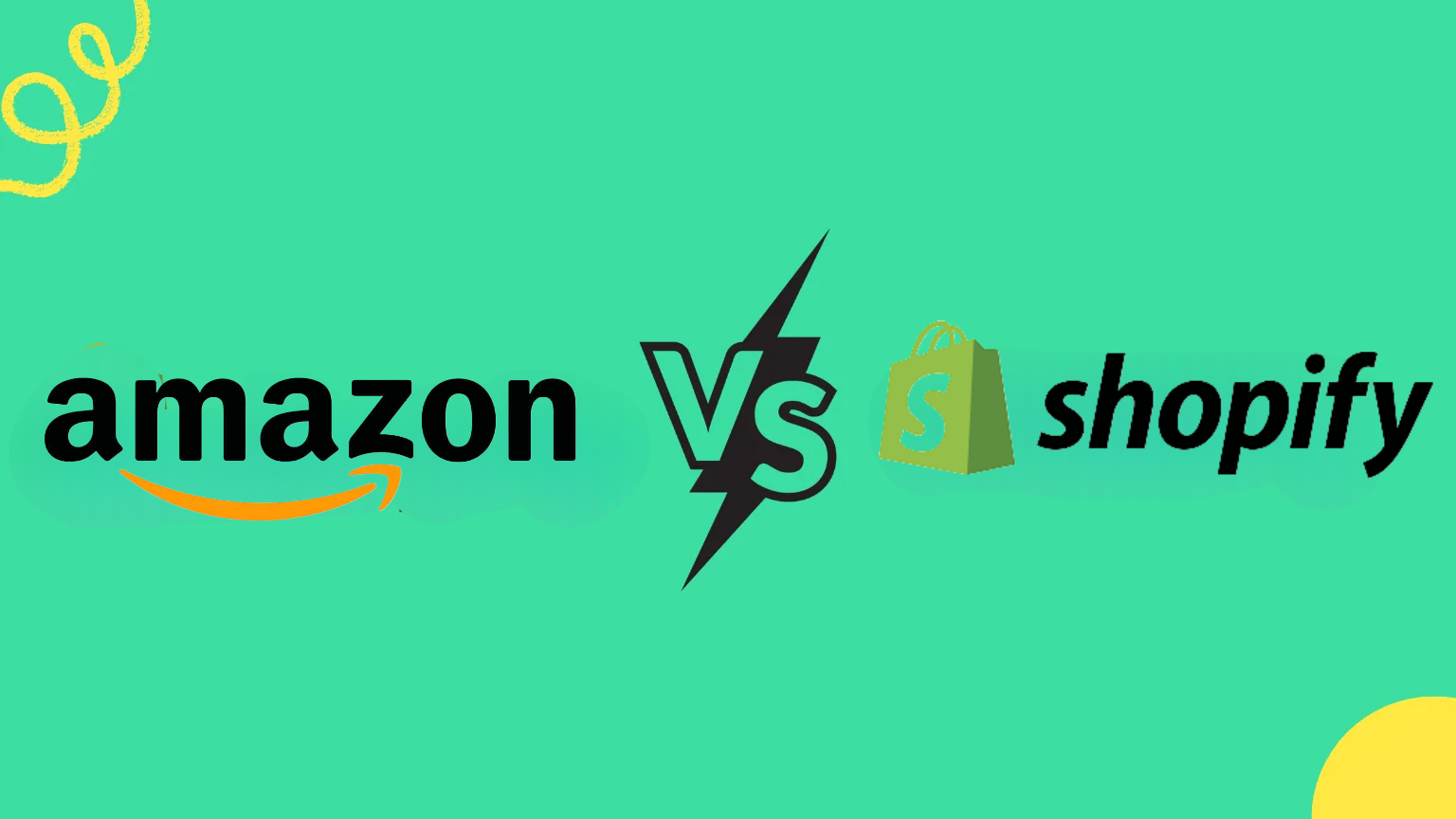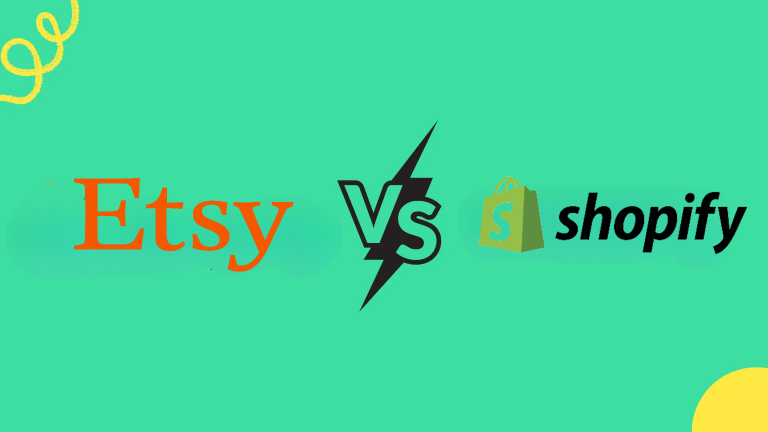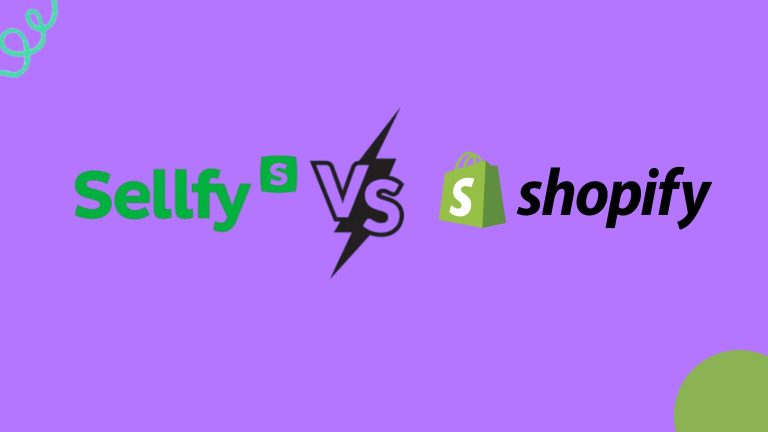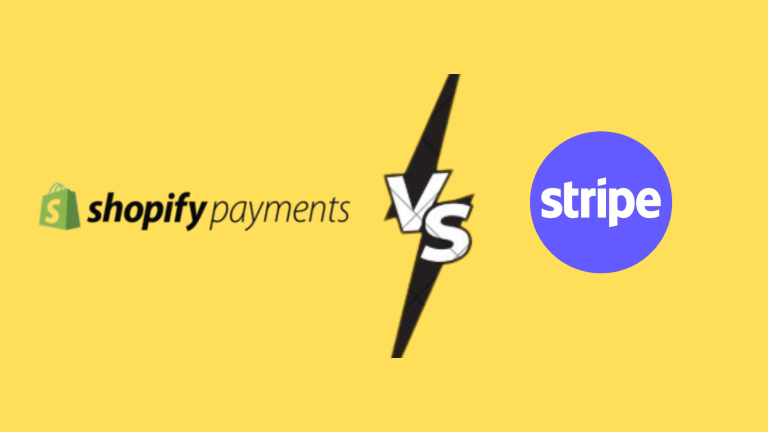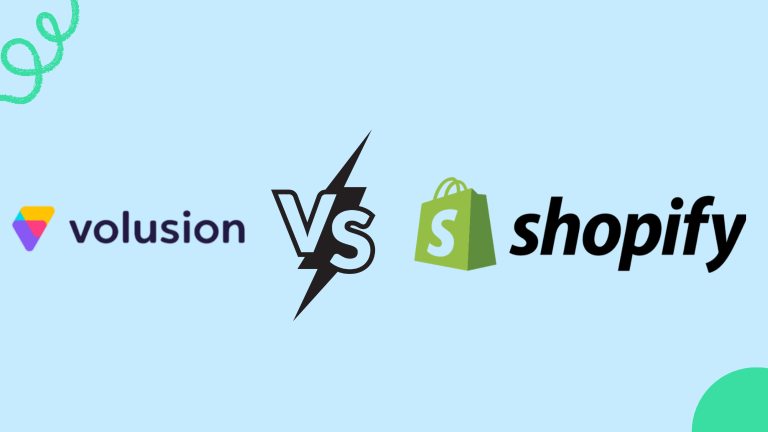Table of Contents
Amazon vs Shopify
Choosing the right eCommerce platform is a critical decision for any online entrepreneur. Amazon and Shopify are two of the biggest names in the industry, each offering unique benefits and challenges. Amazon provides a vast marketplace with built-in traffic, while Shopify gives sellers full control over branding and operations. But which one is right for you? This guide will help you make an informed decision based on your business goals, budget, and selling preferences.
What is Amazon?
Amazon is one of the largest online marketplaces in the world, offering a platform where sellers can list their products and access millions of potential customers. It provides multiple selling models, including:
- Fulfillment by Amazon (FBA) – Amazon handles storage, packing, and shipping, making it easier for sellers.
- Fulfillment by Merchant (FBM) – Sellers manage their inventory and shipping themselves, offering more control but requiring more effort.
- Amazon Handmade & Merch by Amazon – Specialized programs for artisans and print-on-demand sellers.
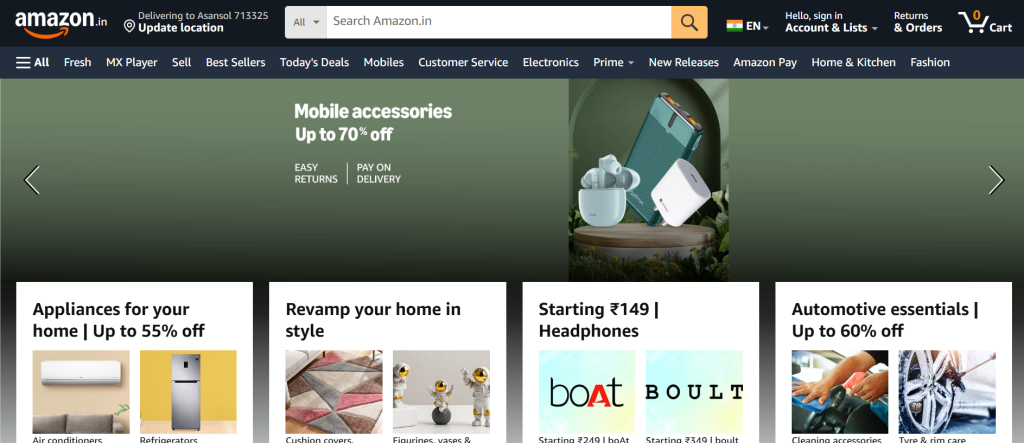
While Amazon provides a ready-made audience, competition is fierce, and branding opportunities are limited. Sellers must comply with Amazon’s strict rules and navigate high competition.
Key Features of Amazon
- Built-in Audience – Amazon provides instant access to millions of potential buyers, eliminating the need for heavy marketing.
- Fulfillment by Amazon (FBA) – Sellers can leverage Amazon’s logistics network for storage, packing, and fast shipping services.
- Prime Eligibility – Products that qualify for Prime shipping see higher conversion rates and increased trust from customers.
- Amazon PPC Advertising – Pay-per-click campaigns help boost product visibility and drive sales.
- International Selling – Amazon Global Selling allows sellers to expand their business to international markets with ease.
- Strict Seller Policies – Amazon enforces rigid rules, requiring sellers to adhere to strict policies to avoid account suspensions.
What is Shopify?
Shopify is a dedicated eCommerce platform that allows users to create and manage their own online stores. Unlike Amazon, Shopify does not have a built-in marketplace, which means sellers need to attract their own customers through marketing and SEO.

Shopify offers:
- A fully customizable online store – Choose themes, modify designs, and add branding elements.
- Integrated payment processing – Shopify Payments eliminates third-party transaction fees.
- A wide range of plugins and apps – Enhance store functionality with SEO tools, marketing integrations, and automation features.
- Multi-channel selling – Connect to social media, Google Shopping, and even Amazon to maximize reach.
Shopify is ideal for entrepreneurs who want full control over their brand and customer experience.
Key Features of Shopify
- Customizable Storefront – Shopify allows full control over website design, branding, and store layout for a unique customer experience.
- SEO and Marketing Tools – Built-in SEO features and marketing integrations help drive organic traffic and boost conversions.
- Multi-Channel Selling – Sell products on social media, Google Shopping, and other platforms to reach a broader audience.
- Dropshipping Integration – Shopify connects with dropshipping apps like Oberlo, making it easy to sell without holding inventory.
- Lower Transaction Fees – Using Shopify Payments eliminates extra costs, making it more profitable for sellers.
- Scalable Business Growth – The platform supports long-term growth, allowing businesses to expand and manage higher sales volumes effectively.
Amazon vs Shopify: A Detailed Comparison
Amazon offers instant access to a massive customer base, but sellers must adhere to strict policies and face high competition. Shopify, on the other hand, requires effort to drive traffic but provides complete control over branding and customer interactions.
Comparison Chart: Amazon vs Shopify
| Feature | Amazon | Shopify |
|---|---|---|
| Ease of Use | Easy to start but competitive | Requires setup but offers flexibility |
| Traffic Source | Built-in marketplace traffic | Self-driven through marketing and SEO |
| Branding | Limited, Amazon controls the customer experience | Full control over branding and store design |
| Fulfillment | FBA (Amazon handles fulfillment) or FBM (seller handles shipping) | Self-fulfillment, 3PL, or Shopify Fulfillment Network |
| Fees & Costs | Referral fees (8-15%), FBA fees, $39.99/month for Pro sellers | Starts at $39/month + potential extra costs for apps & features |
| Marketing | Amazon PPC and organic ranking | SEO, social media, paid ads, email marketing |
| Customer Relationships | Amazon owns the customer data | Seller owns and manages customer relationships |
| Scalability | Can scale quickly but with intense competition | Long-term scalability with brand control |
| Support | Seller support, but policy restrictions apply | 24/7 support with flexible assistance |
Ease of Use
Amazon is easier to start, allowing sellers to list products quickly without any hassle but the competition is fierce, and pricing wars are common. Shopify, while requiring more setup, provides sellers complete control over their website, design, and branding, offering long-term flexibility.
Traffic Source
Amazon has an enormous built-in audience but the competition is high, and ranking depends on Amazon’s algorithm. Shopify requires businesses to generate traffic through SEO, social media, and ads, which demands effort but gives sellers more control over their audience.
Branding
Amazon sellers operate under Amazon’s branding. Buyers trust Amazon but often don’t recognize individual sellers. Shopify gives full branding freedom, from website design to customer interactions, allowing sellers to create a strong, recognizable brand.
Fulfillment
Amazon provides Fulfillment by Amazon (FBA), where Amazon handles warehousing, packing, and shipping, making logistics easier. Shopify requires businesses to handle fulfillment independently, either through self-shipping, third-party logistics (3PL), or Shopify Fulfillment Network.
Fees & Costs
Amazon charges referral fees (8-15% per sale), FBA storage fees, and a $39.99/month Professional plan fee. Shopify has a predictable subscription-based pricing (starting at $39/month), but additional costs can arise from apps, transaction fees, and marketing expenses.
Marketing
Amazon offers built-in traffic, but sellers rely on Amazon PPC ads and organic ranking to gain visibility. Shopify requires a proactive marketing strategy, including SEO, social media ads, email marketing, for making it ideal for long-term brand building.
Customer Relationships
Amazon retains full control over customer data. Shopify, on the other hand, allows sellers to own their customer data, enabling email marketing, and personalized promotions for better retention.
Scalability
Amazon is great for quick sales but is competitive and limits long-term branding opportunities. Shopify is ideal for long-term business growth, offering scalability, flexibility, and ownership over customer relationships.
Pricing Comparison Chart
| Plan | Amazon | Shopify |
|---|---|---|
| Basic Plan | $0.99 per item sold (Individual) | $39/month (Basic Shopify) |
| Professional Plan | $39.99/month (Professional) | $105/month (Shopify Plan) |
| Advanced Plan | Fees vary based on category and FBA | $399/month (Advanced Shopify) |
| Transaction Fees | 8-15% referral fee per sale | 0-2% per transaction unless using Shopify Payments |
| Fulfillment Costs | FBA fees based on item size and weight | Varies depending on fulfillment method |
| Additional Costs | PPC ads, storage fees, refunds | Apps, premium themes, and marketing expenses |
Amazon Pricing Plans Explained
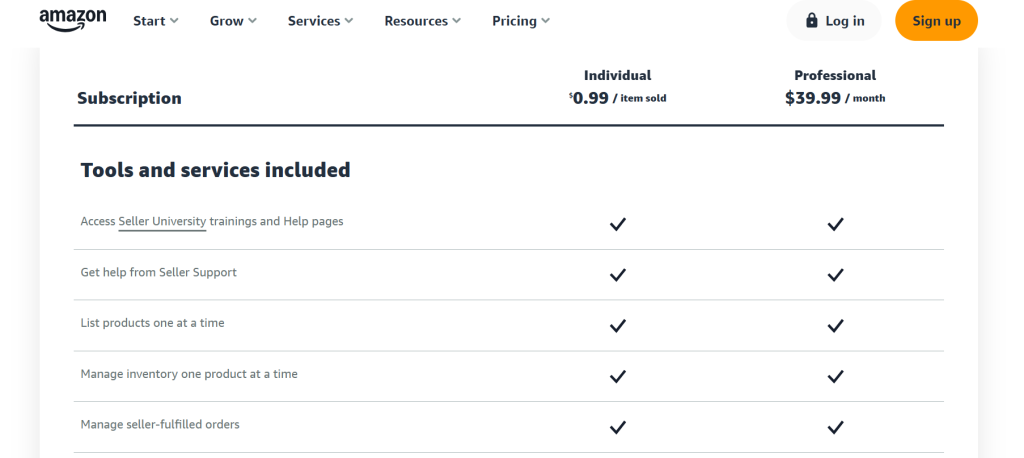
Amazon offers an Individual Plan where sellers pay $0.99 per item sold, making it ideal for small sellers or those testing the platform. The Professional Plan, priced at $39.99 per month, is designed for serious sellers who need access to advanced selling tools, bulk listing capabilities, and advertising features. Amazon also charges a referral fee ranging from 8% to 15% per sale, depending on the category. If sellers opt for Fulfillment by Amazon (FBA), additional storage and shipping fees apply based on product size and weight. Other potential costs include advertising expenses, refund processing fees, and seasonal storage surcharges.
Shopify Pricing Plans Explained
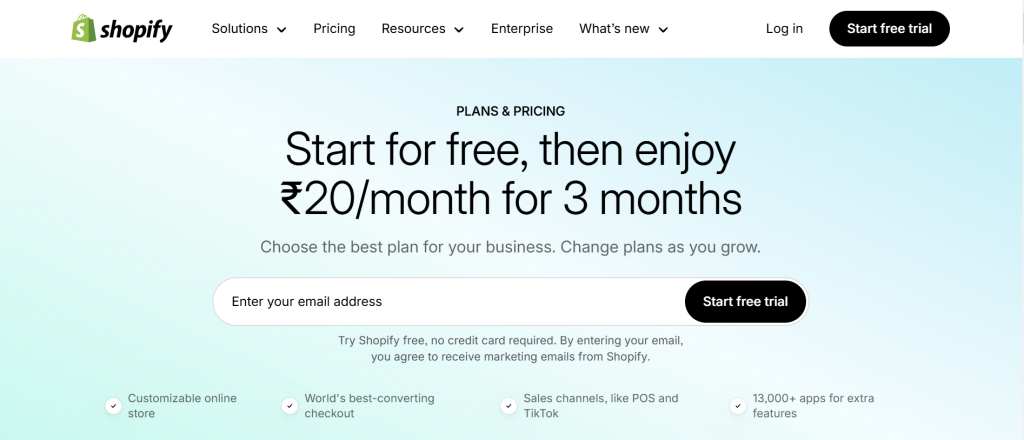
Shopify’s Basic Plan ($39/month) is perfect for beginners and small businesses, offering essential eCommerce tools, unlimited products, and basic reporting. The Shopify Plan ($105/month) provides enhanced reporting, lower transaction fees, and more staff accounts, making it suitable for growing businesses. The Advanced Plan ($399/month) includes advanced reporting, custom pricing for shipping rates, and lower credit card processing fees. Shopify also offers third-party app integrations, premium themes, and marketing tools, which may add extra costs depending on business needs.
Pros and Cons of Amazon
Pros:
- Massive Customer Base – Amazon provides instant access to millions of shoppers, reducing the need for aggressive marketing.
- Fulfillment by Amazon (FBA) – Sellers can leverage Amazon’s logistics for hassle-free storage, packing, and shipping.
- Brand Trust & Credibility – Customers trust Amazon, which helps increase conversion rates and overall sales.
Cons:
- High Competition – Sellers compete against thousands of others, including Amazon itself in some cases.
- Limited Branding – Amazon restricts customization, making it difficult for sellers to build brand loyalty.
- Strict Policies & Fees – Amazon has strict rules and high fees, including referral and FBA storage costs, which can cut into profits.
Pros and Cons of Shopify
Pros:
- Full Control Over Branding – Sellers can fully customize their store, ensuring a unique brand identity and customer experience.
- Lower Selling Fees – Shopify offers predictable pricing, and transaction fees can be avoided with Shopify Payments.
- Scalability & Growth – The platform allows businesses to scale effectively with a wide range of apps and integrations.
Cons:
- Requires Marketing Efforts – Unlike Amazon, Shopify doesn’t provide built-in traffic, requiring sellers to invest in SEO and ads.
- Ongoing Costs – Subscription fees, app costs, and marketing expenses can add up over time.
- Initial Setup & Learning Curve – Setting up a store and optimizing it for sales requires time and technical knowledge.
Who Should Use Amazon?
Choosing between Amazon and Shopify depends on your business model, goals, and long-term vision. Amazon is best for sellers who want quick access to a massive audience without investing in marketing efforts. It works well for resellers, private-label brands, and those selling trending or high-demand products. With Fulfillment by Amazon (FBA), sellers can avoid the hassle of warehousing and shipping, making it a great choice for those who prefer a hands-off logistics approach. However, Amazon limits branding and customer relationships, which means sellers relying solely on Amazon may struggle with long-term brand recognition.
Who Should Use Shopify?
Shopify is ideal for businesses that want full control over their brand, customer experience, and long-term scalability. Unlike Amazon, Shopify requires sellers to drive their own traffic through SEO, social media, paid ads, and content marketing. This makes it perfect for direct-to-consumer (DTC) brands, niche businesses, and entrepreneurs who want to build strong customer relationships and retain data. Shopify also supports subscription models, membership-based businesses, and customized shopping experiences, allowing sellers to create a unique eCommerce store tailored to their audience.
Beard brand’s Amazon to Shopify Shift: A Smart eCommerce Move
Beard brand, a men’s grooming company, initially started selling on Amazon but later shifted focus to Shopify. While Amazon helped them gain initial traction, they found it challenging to build a long-term brand due to Amazon’s strict policies and competition. By moving to Shopify, Beardbrand gained complete control over its customer relationships, branding, and marketing strategies, allowing them to create a direct-to-consumer (DTC) experience and increase profitability. This transition showcases how eCommerce businesses can start on Amazon to generate sales quickly but may need Shopify for long-term brand control and scalability. If you’re planning a move to Shopify, check out our guide on how to migrate from WordPress to Shopify to make the transition seamless.
Final Verdict – Which is Better for eCommerce?
Amazon is the go-to platform for those seeking immediate exposure and sales, while Shopify is ideal for those who want full control over their business and long-term brand-building potential. Many successful businesses use both platforms strategically—leveraging Amazon for quick sales and visibility while using Shopify to build a loyal customer base and maximize profitability.
Conclusion
Amazon is great for quick sales and instant exposure, while Shopify offers long-term brand control and scalability. If you want fast access to customers, Amazon is the better choice, but if you prefer full ownership of your business and branding, Shopify is ideal. Many businesses use both platforms together to maximize growth. Your choice should align with your business goals and selling strategy.
Amazon vs shopify which is better?
Amazon is better for quick sales due to its massive customer base and built-in traffic, but it comes with high competition and limited branding. Shopify is better for long-term brand building, offering full control over design, marketing, and customer relationships.
What is the disadvantage of Shopify?
Shopify requires sellers to drive their own traffic through marketing and SEO, and additional costs for apps, themes, and plugins can add up.
Which platform is better than Shopify?
It depends on the business model—Amazon is better for quick sales, while WooCommerce is a strong alternative for those wanting a more customizable, open-source solution.
Is Shopify the next Amazon?
No, Shopify and Amazon serve different purposes—Amazon is a marketplace, while Shopify is an eCommerce platform that allows sellers to build their own stores.
What is the biggest problem with Shopify?
The biggest challenge is traffic generation, as Shopify does not provide built-in visitors like Amazon, requiring sellers to invest in marketing and SEO.
Which platform has lower fees, Amazon or Shopify?
Shopify has a fixed monthly fee (starting at $39/month) plus transaction fees, whereas Amazon charges referral fees (8-15%) and FBA fees. Shopify’s costs depend on additional apps and marketing, while Amazon’s costs increase with sales volume.
Which platform is more scalable for a growing business?
Both platforms offer scalability, but in different ways. Amazon scales quickly due to its massive audience, but competition is fierce. Shopify allows long-term scalability with full brand control, making it better for businesses focused on sustainable growth.
Can I sell on both Amazon and Shopify at the same time?
Yes! Many businesses use both platforms strategically—Amazon for quick sales and exposure, and Shopify for long-term brand building and customer retention.

